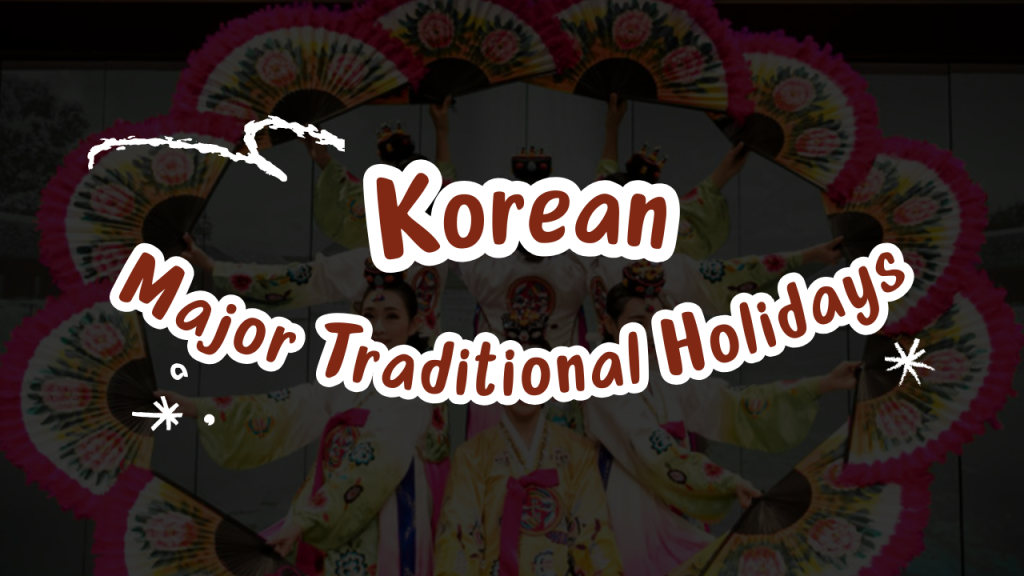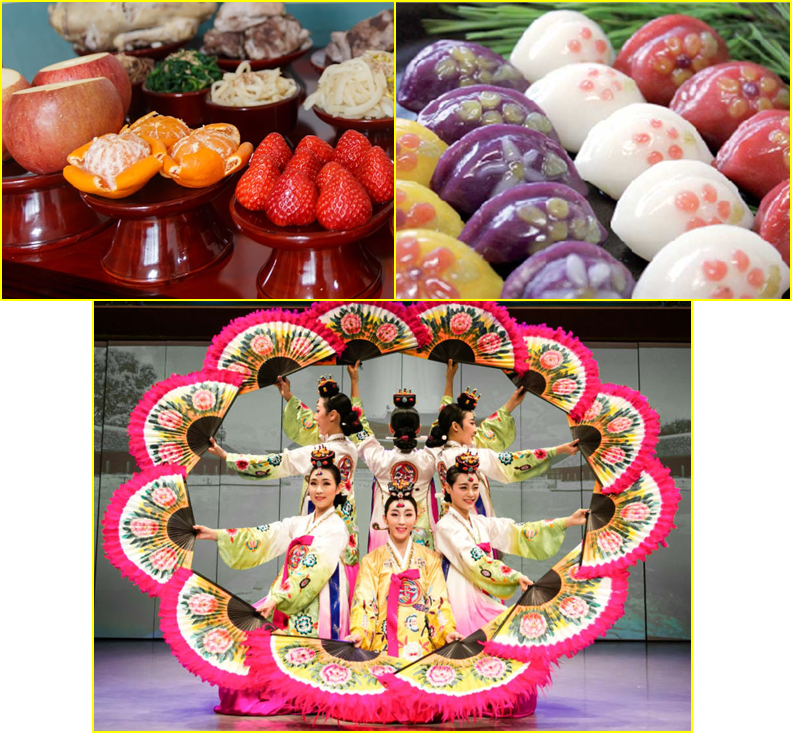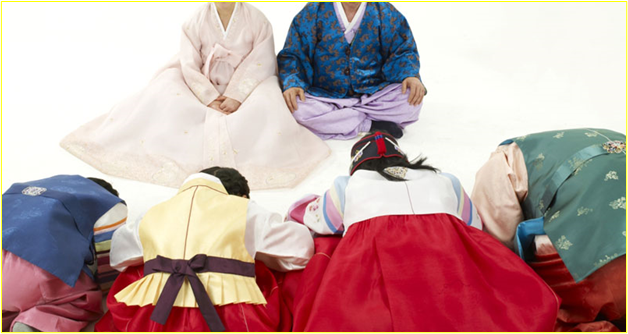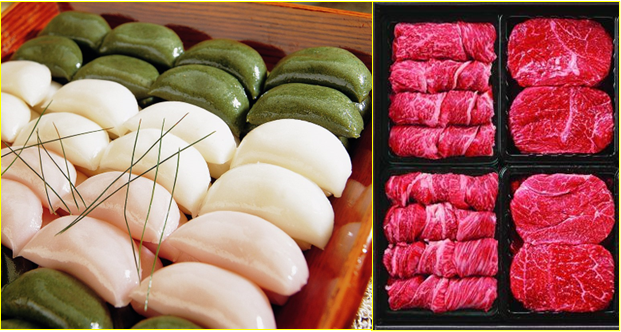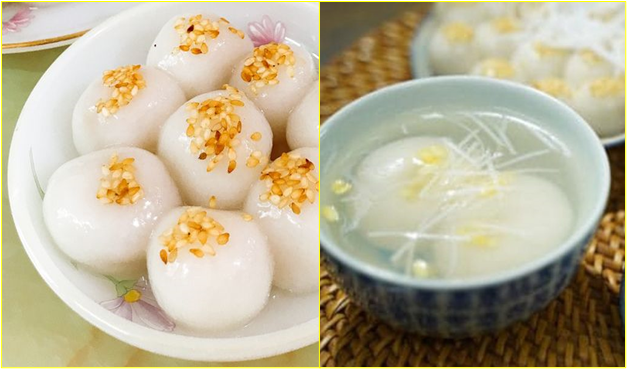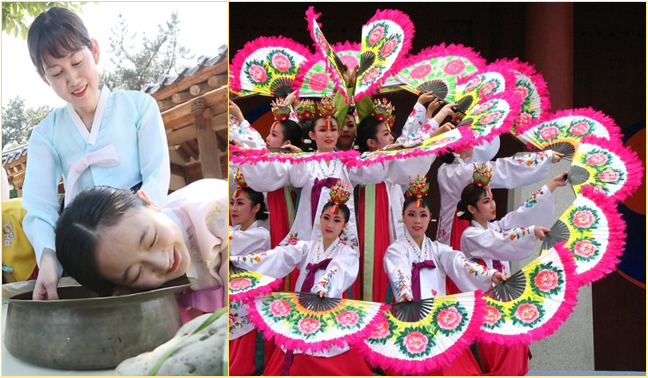Family holidays are a great way to break away from daily routines, relieve stress, and bond with loved ones while making memories and passing cultural knowledge through generations. Korea has set the pace by maintaining its traditional rituals through nationwide official holidays celebrated throughout the year. Despite modernization and globalization, Koreans still observe some of these holidays across the globe. Here are some of the major traditional holidays celebrated in Korea.
1. Seollal
Also termed Lunar New Year’s Day, Seollal marks the first day of the Korean lunar calendar. Observed alongside the Chinese New Year, Seollal is often celebrated in January or February. This is the most crucial traditional holiday that is faithfully upheld by Koreans across the globe. Seollal became a national holiday during the Goryeo dynasty, between 918 AD and 1392 AD. The first Seollal celebrations are also recorded in the Book of Sui and the Old Book of Tang (7th-century Chinese historical works). Seollal entails performing ancestral rites and paying respects to one’s elders before exchanging well-wishes with family members. Traditionally, families gather in the eldest sibling’s home (preferably male sibling), pay their respects to both the elders and ancestors, and receive money before the whole gathering enjoys traditional foods and games. In this ancestral reverence ritual, also called Charye, ancestors’ favorite foods are prepared by female relatives and served by male relatives. Afterward, all family relatives enjoy the offered food in a bid to receive ancestral blessings for the coming year.
2. Chuseok
Also known as Thanksgiving Day, Chuseok is another major Korean holiday celebrated on the 15 of every August as per the lunar calendar. This holiday usually lasts 3 days and causes the year’s biggest traffic jams as individuals travel to their ancestral hometowns outside Seoul for the festivity. Chuseok started back in Korea’s agrarian society and was held during the full harvest where families gathered to celebrate and thank their ancestors for a plentiful harvest. An ancestral memorial ceremony, Charye, was also performed during Chuseok where a table was filled with food, especially newly harvested fruits and rice. The modern-day Koreans celebrate Chuseok with special foods such as Songpyeon (rice cakes) which are prepared on the eve of Chuseok by all family members to deepen their bond and show the importance of family. Sharing is also a major theme during Chuseok and involves giving gifts to family members, friends, and colleagues.
3. Hansik
Also known as Cold Food Day, Hansik is celebrated on the 105th day in the Lunar calendar and often falls on April 5th in the Gregorian calendar. This festivity started with an ancient Chinese practice where people restrained from using fire and ate cold food for some time. People also predict how the year will turn out depending on the weather during Hansik Day. There are beliefs that the weather will be warmer if Hansik falls in February (Lunar Year). Others believe that if the weather is a clear and calm day, there will be a good harvest but if there is a thunder strike, the year will be filled with bad omens. Some regions also believe that Hansik translates to “Gongmail – evil spirit-free day” which means they can tend to their ancestors’ graves on this day without fearing the wrath of the gods. On Hansik, Koreans perform ancestral rites, Charye, at ancestral graveyards or shrines. Modern Koreans, mostly those living in the city, perform the ancestral rites in their houses which include preparing a table of food for the ancestors and paying respect before enjoying a meal as a family.
4. Dano
Also known as Surit nal or Spring Festival, Dano is celebrated on the 5th day, the 5th month of the lunar calendar, and usually falls on May or June in the Gregorian calendar. Traditionally, the women practiced Danojang culture where they washed their hair in iris water (water boiled with Sweet Flag), wore new clothes, and ordained themselves with changpo ornamental hairpins. Women also wore Angelica polymorpha flowers while men, iris roots around their waist with both practices believed to repel evil spirits. All genders would then engage in folk games and dancing. Dano festivity is said to be from a shamanistic ritual of worshipping the sky deity during end-of-sowing season celebrations to pray for a bountiful harvest after planting crops. During Dano, Koreans enjoy various traditional foods, including rice cakes and herbs, and traditional dances such as swinging and wrestling. Dano is also termed spring day since it falls in the season where spring turns into summer with the yang energy at its peak. Modern Koreans enjoy the Dano festivity while enjoying the beauty of spring before the heat of summer takes its toll.
—- Karen Mwenda
#MajorKoreanTraditionalHolidays #kcrush #Danojang #changpo #DanoFestivity #Hansik #coldfoodday #eatcoldfoodday #Chuseok #Seollal #koreanholidays #koreanfestivals #koreantraditions #kcrushamericamagazine #kcrushcontent #kcrushnews #lunarcalendar

